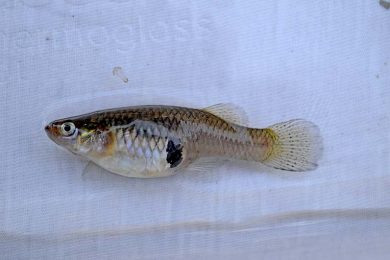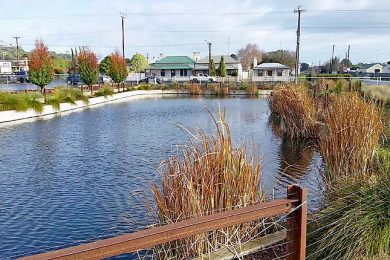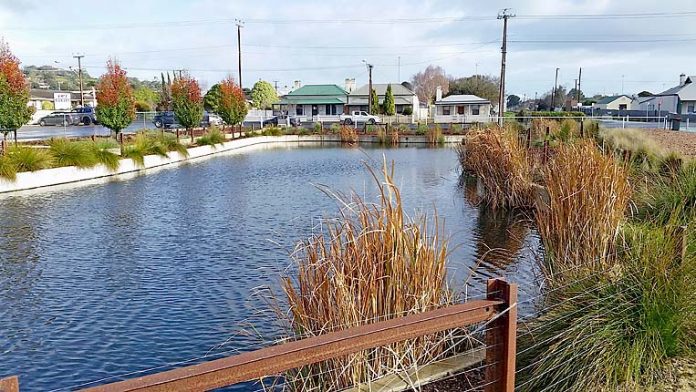
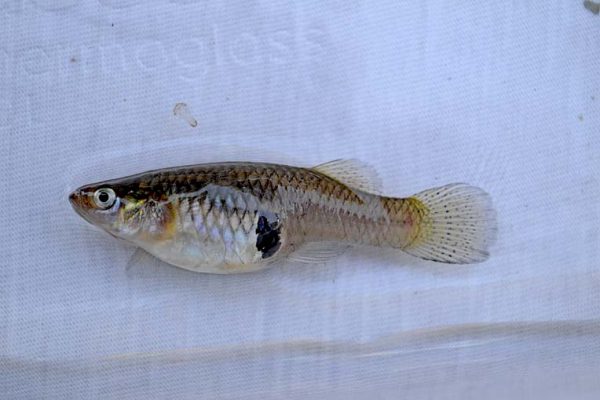
MYSTERY surrounds how an invasive fish species was introduced to the large water catchment at the Mount Gambier Railway Lands, with City Council to drain the site today in an attempt to eradicate the pest.
Council staff will work with Natural Resources Southern East and the University of Tasmania to attempt to eradicate the gambusia species, which has been discovered in the water body.
The pest species poses a threat to the catchment’s South Pygmy Perch population, which was first introduced in 2017 in a bid to make the pond sterile and function as a native ecological system.
“Pygmy perch is a protected species of fish and unfortunately the gambusia threaten the survival of the Pygmy Perch in the ponds through competition and harassment,” council environmental sustainability officer Aaron Izzard said.
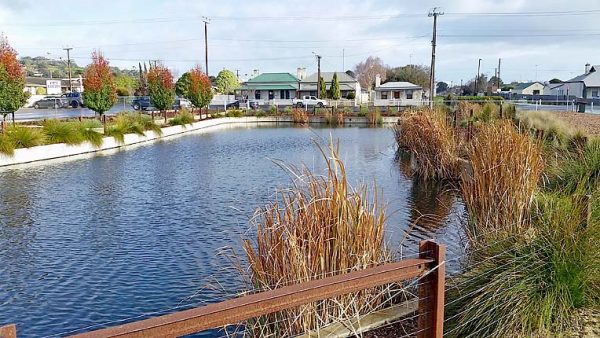
“Gambusia breed in huge numbers – one million fish can result from a single pregnant female and her offspring over one breeding season so it’s important we work quickly to eradicate the pest species before the breeding season starts.”
In light of the invasion, council and Natural Resources South East are encouraging the community to be mindful of the species and help prevent the spread of gambusia.
“We do not know how the gambusia got into the railway Lands catchment area, however we ask the community to help minimise the spread by cleaning and drying all fishing and boating gear before leaving your fishing spot as they can survive in a handful of water for up to a week,” Mr Izzard said.
The community is advised not to move gambusia, native fish, mud, water or aquatic plants from one area to another and learn to identify gambusia and report any possible sightings to Natural Resources South East.
“The invasion of gambusia is a perfect example of why people should not move aquatic creatures or plants from one place to another,” Mr Izzard said.

